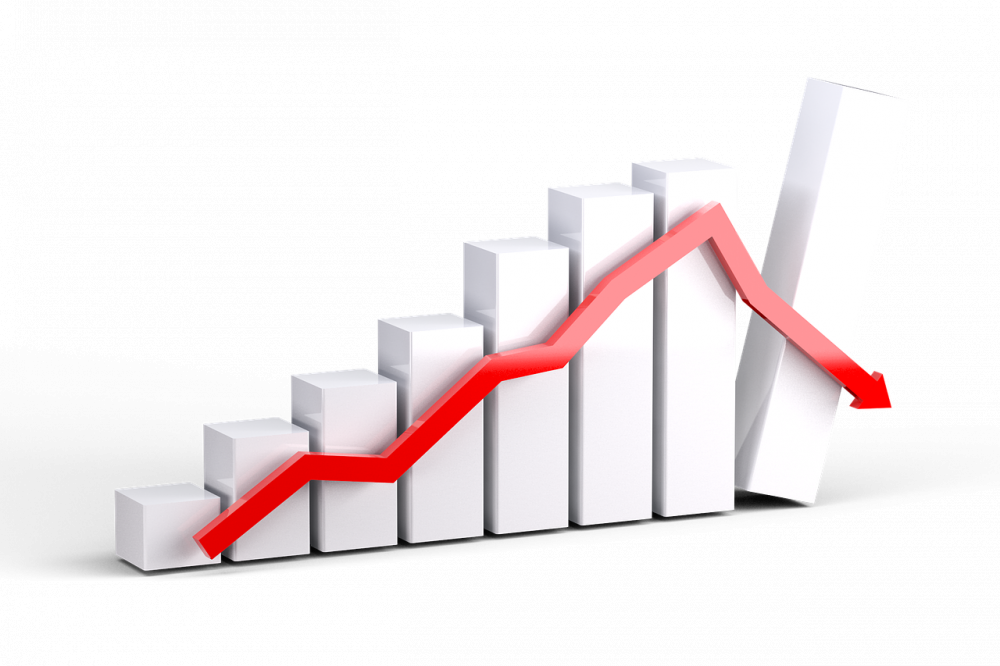Day Trading: En Grundlig Översikt och Analys

Introduction
Day trading has gained significant popularity in recent years, attracting individuals from all walks of life who seek to make quick profits in the financial markets. This article aims to provide a comprehensive understanding of day trading, exploring its different types, popular strategies, quantitative measurements, variations among traders, and a historical review of its advantages and disadvantages.
A Comprehensive Presentation of Day Trading

What is Day Trading?
Day trading is a short-term trading strategy where traders aim to profit from daily market fluctuations in various financial instruments, such as stocks, currencies, and commodities. Unlike long-term investors, day traders do not hold positions overnight, closing all trades before the market closes. This fast-paced approach requires quick decision-making, analytical skills, and the ability to adapt to market volatility.
Types of Day Trading
1. Scalping: Scalping is a popular day trading strategy where traders aim to make small profits from frequent trades within a short time frame. Traders using this technique often target liquid markets and rely on high trading volumes to exploit short-lived price movements.
2. Momentum Trading: Momentum traders focus on identifying stocks that are experiencing significant price movements following news announcements or drastic market shifts. They aim to ride the momentum and make profits based on the trend’s continuation or reversal.
3. Breakout Trading: Breakout traders aim to take advantage of the price movement that occurs when the market breaks through significant support or resistance levels. This strategy requires careful analysis of market trends, chart patterns, and volume indicators to identify potential breakouts.
4. Reversal Trading: Reversal traders anticipate trend reversals by identifying overbought or oversold conditions in the market. They utilize technical indicators and patterns to enter trades at the early stages of a potential price reversal.
Popular Day Trading Strategies
Here are some widely used day trading strategies:
– Moving Average Crossover
– Bollinger Bands
– Relative Strength Index (RSI)
– Stochastic Oscillator
– Fibonacci Extensions
Quantitative Measurements in Day Trading
Measuring Day Trading Performance
To assess the performance of day traders, several quantitative measurements are commonly used, including:
1. Win Rate: The percentage of winning trades out of the total number of trades executed.
2. Profit Factor: The ratio of the total profit generated to the total loss incurred.
3. Risk-to-Reward Ratio: The ratio between the potential profit and the potential loss of a trade.
4. Average Risk per Trade: The average amount of capital risked on each trade.
5. Maximum Drawdown: The largest peak-to-trough decline in a trader’s account balance.
Variations in Day Trading
Differences Among Day Traders
Despite sharing the common goal of making profits within a single trading day, day traders can differ significantly in their approaches and preferences. These variations can be observed in several aspects:
1. Time Horizon: Some day traders prefer to enter and exit trades within minutes, while others may hold positions for several hours.
2. Trading Style: Traders can be classified as technical or fundamental traders, depending on the primary type of analysis they employ.
3. Risk Tolerance: Day traders vary in their willingness to take risks, with some traders adopting more aggressive strategies than others.
4. Asset Class Preference: While some day traders trade exclusively in stocks, others focus on forex, commodities, or cryptocurrencies.
A Historical Review of Day Trading’s Advantages and Disadvantages
Advantages of Day Trading
1. Potential for Quick Profits: Day trading offers the opportunity to make profits within a short period, allowing traders to capitalize on rapid market movements.
2. Increased Liquidity: Trading frequently in liquid markets allows day traders to enter and exit positions promptly without significant price slippage.
3. Flexibility: Day trading is flexible, allowing traders to choose their preferred trading hours and take advantage of various trading opportunities throughout the day.
4. Improved Market Knowledge: Constantly monitoring the markets and analyzing price movements enhances a day trader’s knowledge and understanding of market dynamics.
Disadvantages of Day Trading
1. Emotional and Psychological Stress: Day trading can be mentally challenging, requiring traders to make rapid decisions under pressure and handle potential losses efficiently.
2. High Risk: The fast-paced nature of day trading exposes traders to significant risks, including market volatility, unexpected news events, and technical glitches.
3. Transaction Costs: Frequent trading incurs higher transaction costs, such as commissions and spreads, which can eat into traders’ profits.
4. Time-Intensive: Successful day trading requires time commitment, constant monitoring of markets, and continuous learning to stay updated with market trends and strategies.
Conclusion
Day trading encompasses various strategies, techniques, and measurements that enable traders to profit from short-term market fluctuations. Understanding the different types of day trading, popular strategies, quantitative measurements, variations among traders, and historical advantages and disadvantages is essential for aspiring day traders. It is crucial to approach day trading with a disciplined mindset, solid risk management strategies, and a continuous learning mindset to navigate the challenges and potential rewards it offers.
By providing a comprehensive overview of day trading, this article aims to equip readers with the necessary knowledge to make informed decisions and succeed in the highly competitive world of day trading.





















